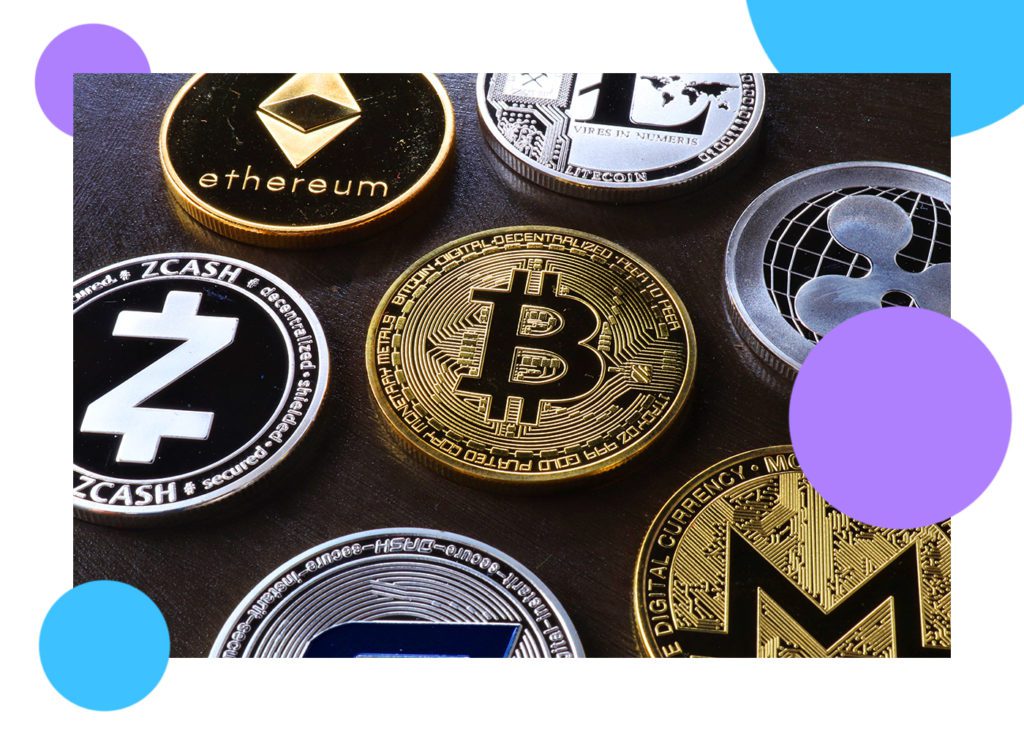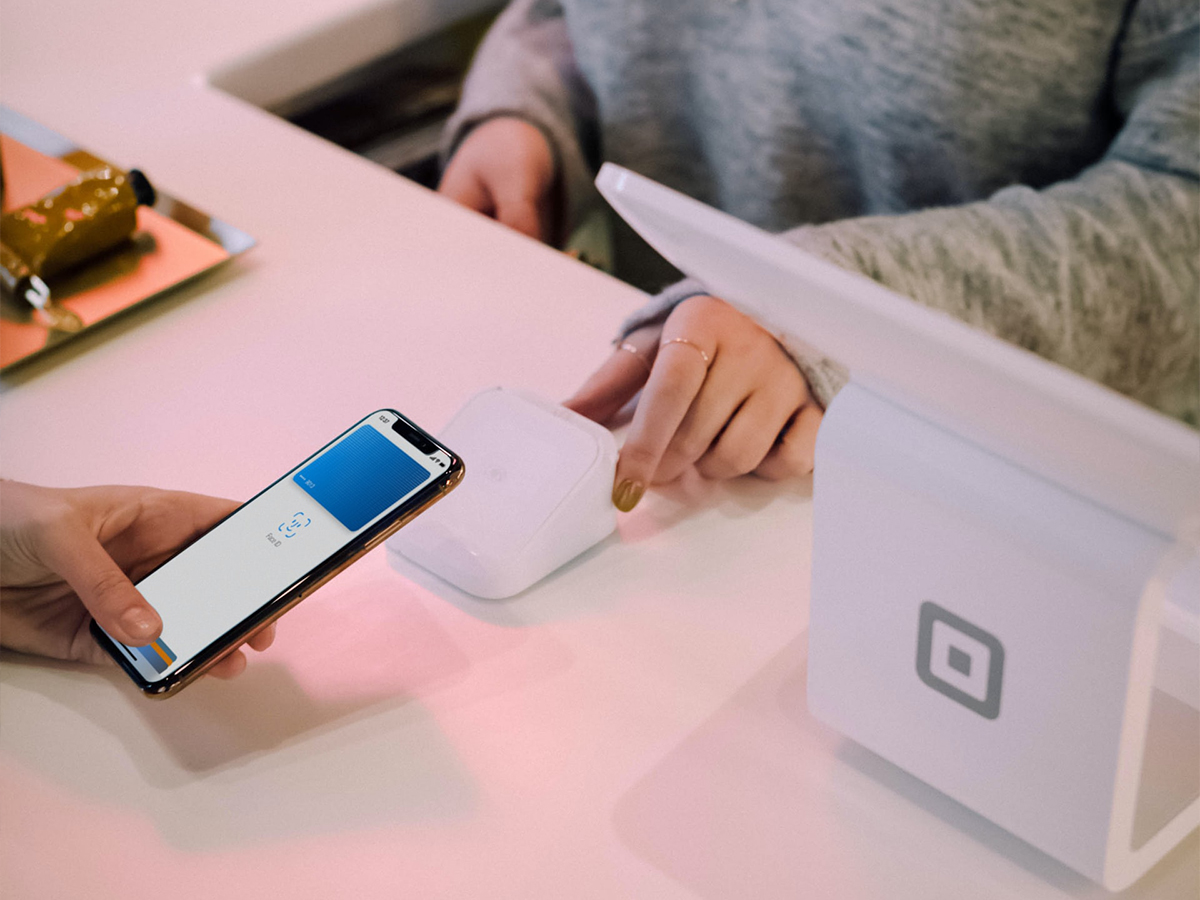Although most areas of our lives have become fully digitised over the past two decades, the way we pay for goods and services has remained remarkably analogue in the Western world.
Perhaps a few of us have taken to using our smartphones or even our smart watches at the supermarket checkout counter or the ticket gate on the underground. However, by and large, we have continued to live our lives in a world dominated by cash and cards.
But that is now changing. Over the last two years alone, the pandemic has forced us into greater dependence on digital payments, digital wallets and even digital currencies, more so than ever before.
Demand for these low-cost, seamless and efficient alternatives to traditional payments is now exploding. And from here, a huge investment opportunity is presenting itself in the disruptive FinTech firms, payments giants and digital banks that are emerging to enable our transition to an increasingly cashless society.
Emerging velocity
While the concept may appear relatively new, the digital payments economy has actually been around for quite some time. In fact, early digital payments date back to the late 1990s and the early 2000s, when paying for goods and services online first started to become safer and more secure.[1]
And while ecommerce has been booming for quite some time (just look at Amazon’s share price since 2010), demand for “anytime, anywhere” payments in other areas of our lives has only really started to pick up in recent history. Think of the way we now hop in and out of Ubers effortlessly with payments occurring in the background seamlessly.
The key drivers of this change are clear: superior technology, faster and more powerful internet connections and the rise of non-physical interfaces. But the most important factor of all is perhaps the simplest: traditional payment processing is far too complicated.
Many may not realise, but something as simple as buying a coffee at Starbucks requires an untold amount of to-ing and fro-ing between merchants, acquirers, gateways, issuers and banks across the entire payments network. All of these middlemen take their slice before the final payment settles, much to the detriment of the consumer and in most cases, the merchant.
The alternative to this system – in which one’s smartphone effectively becomes one’s de-facto bank account –is far simpler. Technologies such as digital wallets embed much of the “closed loop” ecosystem just described. And in so doing, they eliminate multiple layers of unnecessary friction and cost.
It’s no wonder why this “open loop” payments ecosystem is already a mainstay in China, where digital wallet giants like Alipay and WeChat lead the way over card companies (in fact, China has largely leap-frogged cards).[2]

Rapid growth
Despite their popularity in China, the reality is that digital wallets and even digital payments globally have some way to go before reaching full maturity. The good news is that both themes are now hurtling towards their full potential at a faster rate than ever.
Social restrictions caused by COVID-19 have rapidly accelerated the adoption of frictionless, digital modes of B2C and B2B payments in the Western world. An impressive 53% of respondents in a survey for Capgemini’s World Payment Report last year reported that they had increased their use of digital payment channels amid the lockdown and were likely to continue using them.[3]
And so with digital payments now ingrained in our everyday lives, adoption has reached an inflection point.
Digital payment transactions are now expected to grow at a rate of 12% per year until 2025, at which point total transaction value is forecast to be worth double what it is today.[4]
This presents an extremely rare and exciting opportunity.
How to get exposure
Consider the fact that the market value of leading digital payments giant PayPal is already bigger than Goldman Sachs and Morgan Stanley. Consider the fact that FinTech provider Square currently sports a market cap that is larger than HSBC, BNP Paribas and Société Générale.[5]
And so with numerous digital finance providers now emerging and listing on public exchanges and offering superior technology and user experiences than traditional banks, the ground is now fertile for further innovation and success stories in this space.
The question, then, is, how does one get exposure to the digital financial revolution?
One obvious opportunity lies in payment networks that connect buyers and sellers around the world. Companies like Visa are already staggeringly profitable thanks to the sheer number of transactions they process on a daily basis and will continue to fulfil an essential role in a world where we have transitioned to a wholly digital payments economy. Here’s a company that is already one of the largest global investors in digital wallets and digital currencies.
A lesser known, but equally promising, group of businesses positioned to thrive in the digital economy are payment processors, which complete transactions between merchants and financial institutions.
Other bright areas include payment infrastructure providers, which facilitate the linking of digital payments methods, as well as payment solutions providers, which cover everything from digital wallet payments to e-payments for mobile devices.
Finally, a rapidly growing and extremely exciting group of firms now exists in the world of digital currencies which are pioneering entirely parallel rails for payments in the digital economy. New payments modes and methods are likely to emerge as this space matures and we see the DeFi emerge as a viable alternative to the financial system we are currently used to (TradFi). We see regulation as a key driver of further acceptance and adoption.

Time to act
As digital payments become increasingly ubiquitous, it will be the most innovative financial firms that will be able to build truly digital forms of financial services. We expect ancillary financial products – that stem from the understanding of how a customer pays and transacts – to emerge as well, often on the very same platforms, offering solutions such as credit, mortgages, insurance, savings and investments. For example, PayPal started as a payments company but now offers credit, investments and more. Wise started as a remittances platform but now offers international bank accounts. Revolut too started as a solution for cheaper FX conversions but is now a fully-fledged digital bank. The list goes on.
As traditional banks struggle to keep up with the rate of innovation, a new digital finance ecosystem will gradually emerge – disrupting and displacing and digitising most, if not all, parts of our financial lives.
By taking exposure to this investment theme in these nascent stages, smart investors can stand to potentially make outsized returns on their early investment.
Related ETF
PMNT: Rize Digital Payments Economy UCITS ETF
References:
[1] WEX, “The History of Payments”, 20 January 2020. Available at: https://www.wexinc.com/insights/blog/inside-wex/corporate-payments-inside-wex/history-of-payments-101/
[2] Statista Digital Market Outlook, “China’s Mobile Payment Adoption Beats All Others”, 12 August 2021. Available at: https://www.statista.com/chart/17909/pos-mobile-payment-user-penetration-rates/
[3] Capgemini World Payment Report, “Will COVID-19 spark the end of cash payments?”, 06 October 2020. Available at: https://www.capgemini.com/gb-en/news/capgeminis-world-payments-report-2020/
[4] Statista, “Digital Payments Transaction Value by Segment”, October 2021. Available at: https://www.statista.com/outlook/dmo/fintech/digital-payments/worldwide
[5] Bloomberg market caps as of 22 November 2021.
Subscribe to ARK Research & Insights














